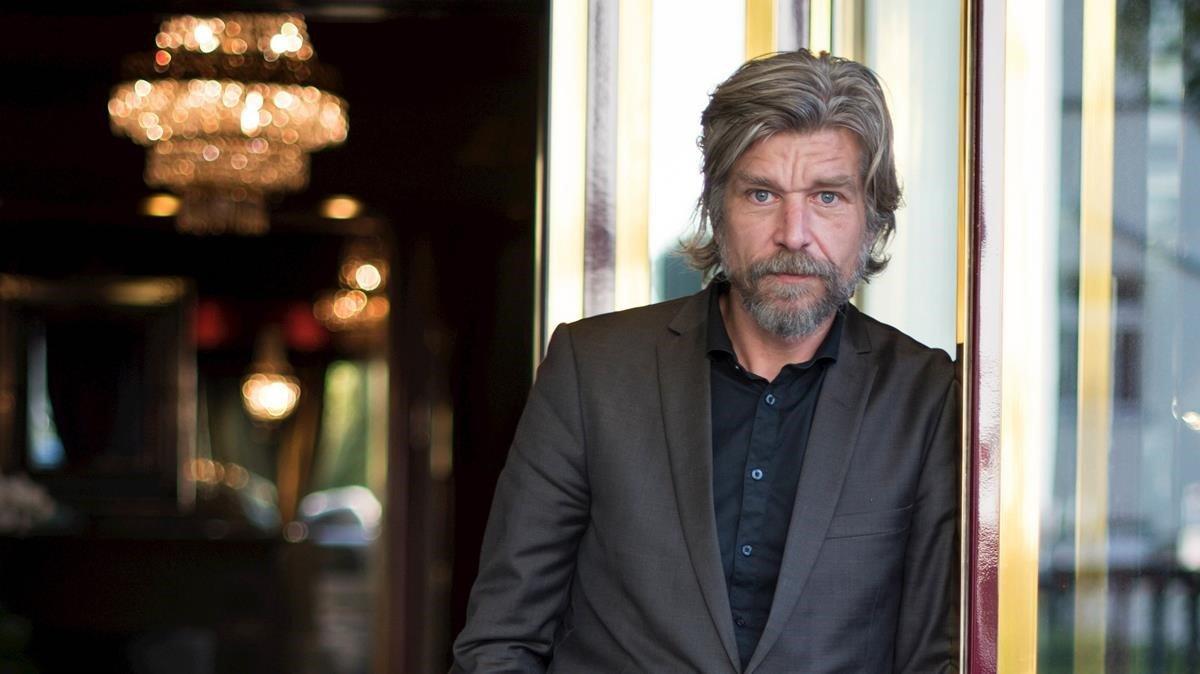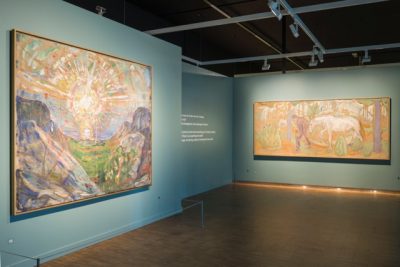
Less forgivably, they apparently looked here for what his detractors love to deplore in Knausgaard, that he always writes about himself, and zero-ed in on the smallest evidence of this, neglecting so much more. A number of art critics seem, perhaps forgivably, to have struggled a bit with a book that is neither conventional art criticism nor conventional biography. Great fame can greatly impede thoughtful appreciation of both visual and literary art, as Knausgaard reminds us with regard to Munch, and some early reviews of his book have ironically illustrated how true this also is in his own case.

Well, after that you have to go on reading. It is so charged with meaning, looking at it I feel as if something is bursting within me.” Edvard Minch, Cabbage Field 1915, Munch Museum, Oslo It depicts a cabbage field… The picture is magical. One picture I feel this way about was painted by Edvard Munch in 1915. I can stand in front of a painting and become filled with emotions and thoughts, evidently transmitted by the painting, and yet it is impossible to trace those emotions and thoughts back to it and say, for example, that the sorrow came from the colours, or that the longing came from the brushstrokes, or that the sudden insight that life will end lay in the motif. “Sometimes it is impossible to say why and how a work of art achieves its effect. It’s a fascinating work, I think, and replete with intensely pleasurable passages, not least the short prefatory essay, which focuses on one minor painting: I’m so glad the writer’s high profile ensured it would be translated into English (beautifully by Ingvild Burkey, a regular translator of Knausgaard) and published here in time for the opening of the British Museum’s Munch exhibition. I’m one of these, and I hope we are many.


This is a book for fans of Karl Ove Knausgaard who also love the work of his native Norway’s greatest painter, Edvard Munch (1863–1944).


 0 kommentar(er)
0 kommentar(er)
